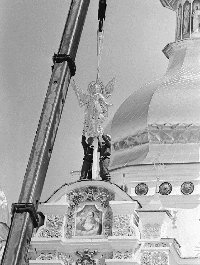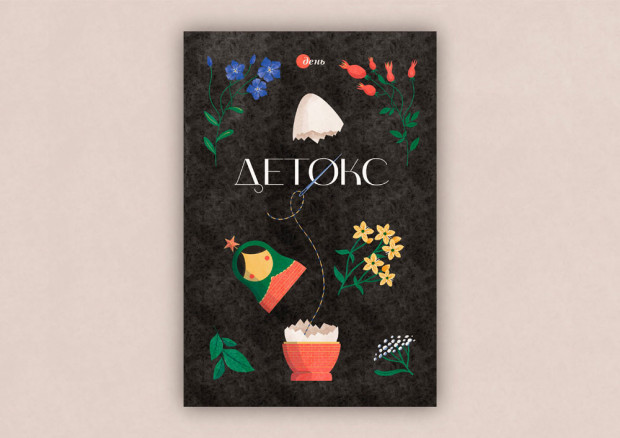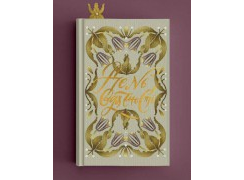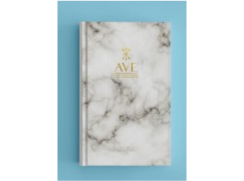Icons We Know Nothing About

And everything started differently when the notion of an art market - or any market - was nonexistent. When official culture jealously guarded its ranks, when artists had to spend years waiting so they could display their works in one of the few available galleries, subject to the condition that their works answered every ideological dictate and universally accepted aesthetic guidelines.
In that situation everybody got his just desserts, bold experimenters, underground, and painters bent on mass culture alike. Open-air exhibits emerged on Andriyivsky uzviz semi-legally. To an extent as a protest or maybe an opportunity to prove that there was life even at the crossroads, not just on the highways with their booming traffic, a colorful and interesting life.
Eventually, Andriyivsky uzviz became what it is now. But we must admit that without it the development of the Ukrainian art market would have been held back, for this was, actually, one of the first alternatives to official art. And in this respect all our modern art galleries, one might say, have come down St. Andrew's Hill. Another thing is that they have not as yet reached the level of a civilized art market. Well, perhaps because the problem of their legalized existence has not been solved as yet (different status for different art galleries). Far from all can earn a living single-handedly, work with artists, and attract a public. As a result, out of several dozen Kyiv art galleries truly interesting and fully creative life takes place at 11-21. But such is life.
So what happens at the crossroads? Does it mean that we no longer need our crossroads? We do. It often happens that the most interesting phenomena in creative life take shape at the crossroads, quietly and humbly, contradicting the generally established norms. For me one such discovery was a small art gallery (just one small hall) functioning at the Patriarchate of the Ukrainian Autocephalous Orthodox Church. It specializes in modern and ancient icon-painting. We have never had anything like it, and I think that a certain role was played in its appearance by the fact that Patriarch Dmytry (known as Volodymyr Yarema in the lay world), a great expert on icon-painting and religious architecture, once dreamed of becoming a painter.
Despite the fact that there is so much interest shown in icon-painting these days, on the part of both artists and public, collecting works for the first expositions was not easy, admits the gallery expert and art critic Natalia Savytska. Many serious painters, doing icons for their own personal gratification, simply thought it immaterial and irrelevant to expose such works in ordinary displays. So they found a place. At this charitable exhibit (its proceeds will be used for the construction of the Cathedral of the Nativity, to be located somewhere near Sovky) one finds breathtaking things on display. Done in both the absolutely traditional technique (Serhiy Ivanenko, Natalia Volobuyeva) and in batik which is absolutely uncharacteristic of icon-painting (e.g., Natalia Karnabed, Serhiy Hurtovy's, Bohdan Savytsky's, and Kost Markovych's paintings on glass, Tatiana Kolechko's enamel on copper...), and all this harmoniously combined with icons from the eighteenth and nineteenth centuries.
Incidentally, the discerning visitor will instantly discover the sharp
contrast between the souvenir types of icons offered the public on Andriyivsky
uzviz and creations of the icon-painting art displayed at the gallery.
Mastering the technique and creating the Divine Image are things incompatible.
Here in the quiet of the small exhibit hall one understands this implicitly,
so turning from highways to the crossroads will be extremely useful.
Newspaper output №:
№21, (1999)Section
Culture





